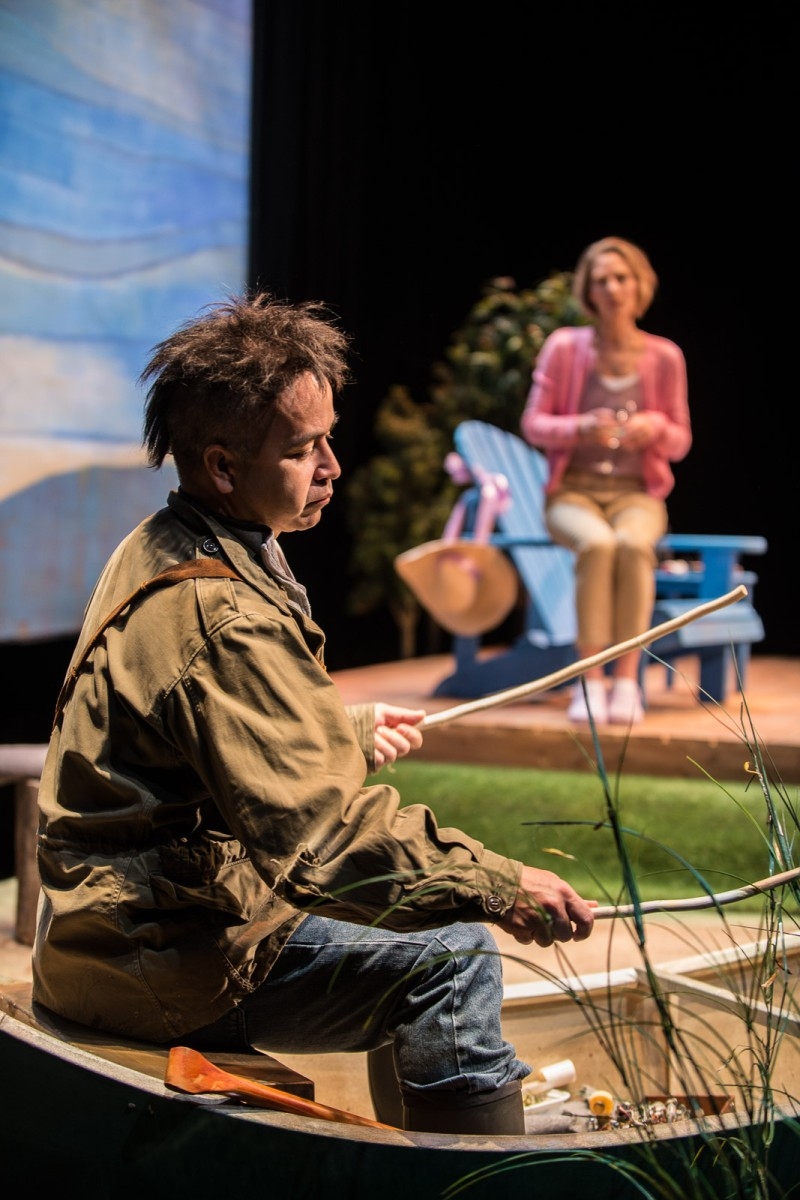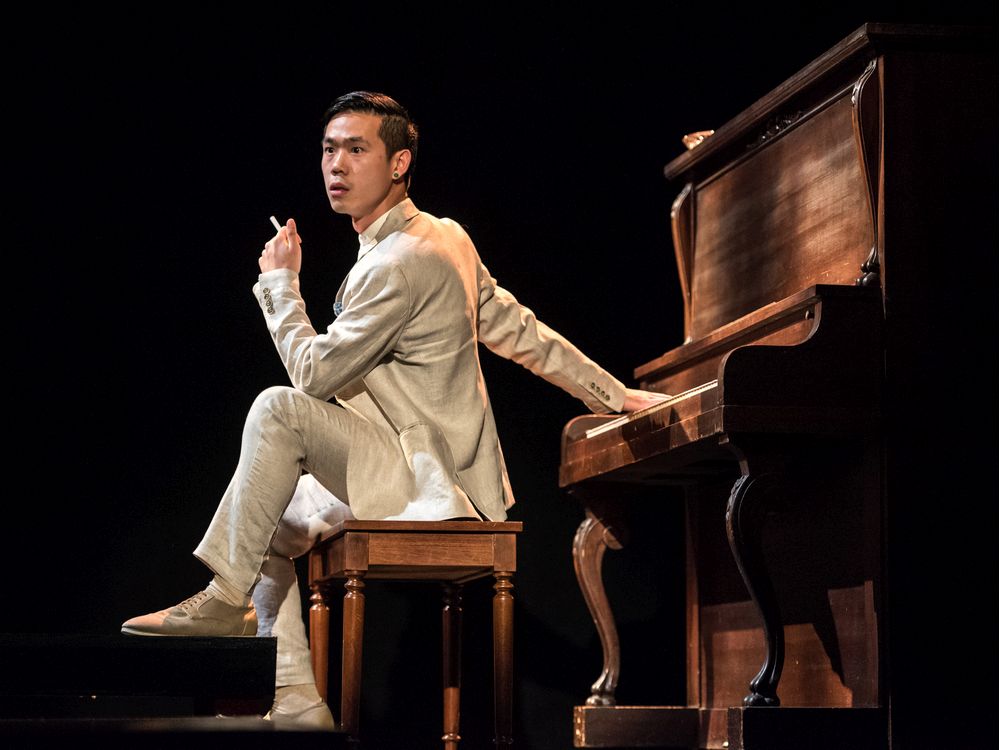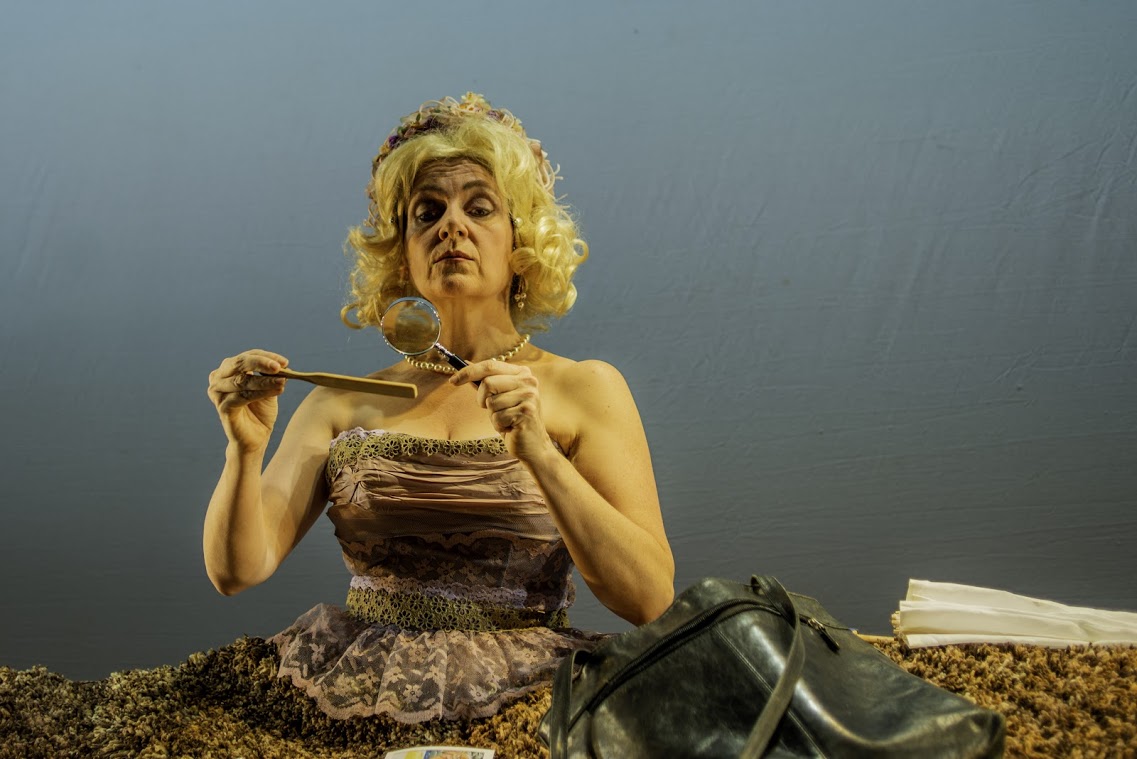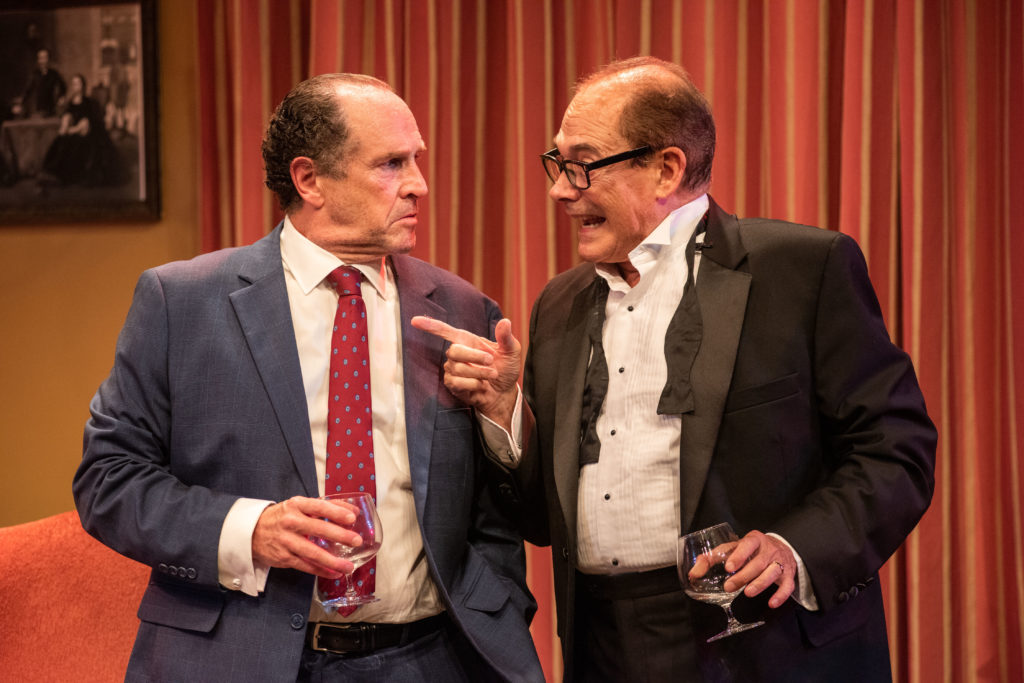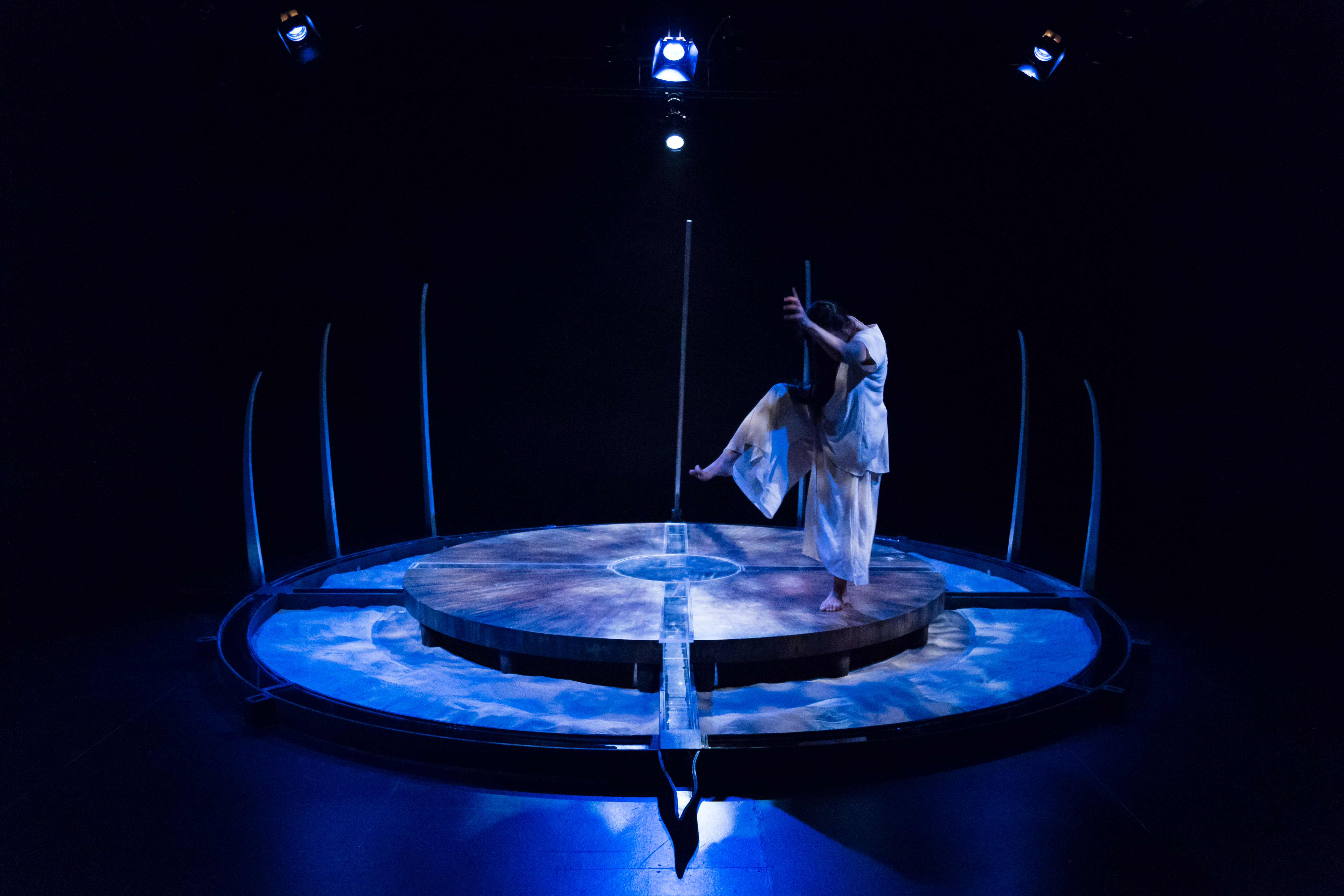Groundbreaking festival of Indigenous theatre at the National Arts Centre in Ottawa. Where the Blood Mixes
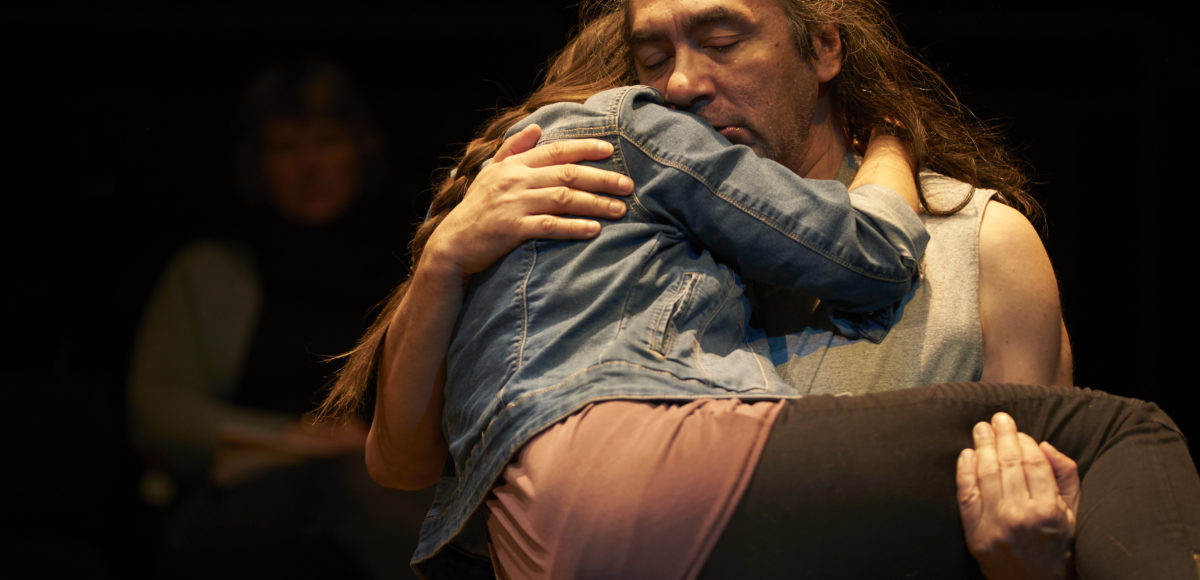
Sometimes it’s only by seeing a new production of a show that you realize what was lacking in an earlier version. That’s the case with Where the Blood Mixes by actor/playwright/director Kevin Loring, now artistic director of NAC Indigenous Theatre.
A searing, often funny and ultimately semi-hopeful exploration of the intergenerational legacy of residential schools, the play was performed at the National Arts Centre in 2010, a year after winning the Governor-General’s Literary Award for Drama. Directed by Glynis Leyshon, the Vancouver Playhouse Theatre/Belfry Theatre production was vivid, with an on-stage musician and an evocative design that included projections.
Then along came director/translator Charles Bender, who re–imagined the play in both official languages, stripping it to its essentials and presenting it in the round. Bender’s version, performed in both English and French, was part of Mòshkamo: Indigenous Arts Rising, the two-week festival that rang in the inaugural season of NAC Indigenous Theatre in September.
Bender’s production, practically devoid of set or props, is immediate and raw in ways the earlier production wasn’t. The intermingled story of the two central characters, Floyd (Marco Collin) and Mooch (Charles Bender) — their denial of the damage inflicted by residential schools, their inability to connect with those most important to them, their eviscerating loneliness — leaps unmediated from stage to audience and back to the stage in a kind of dramatic loop that underscores the multiple circles of the play itself, including the hoops of pain, hopelessness and potential healing that help define Floyd and Mooch and the sharing circle that ended each performance. …
